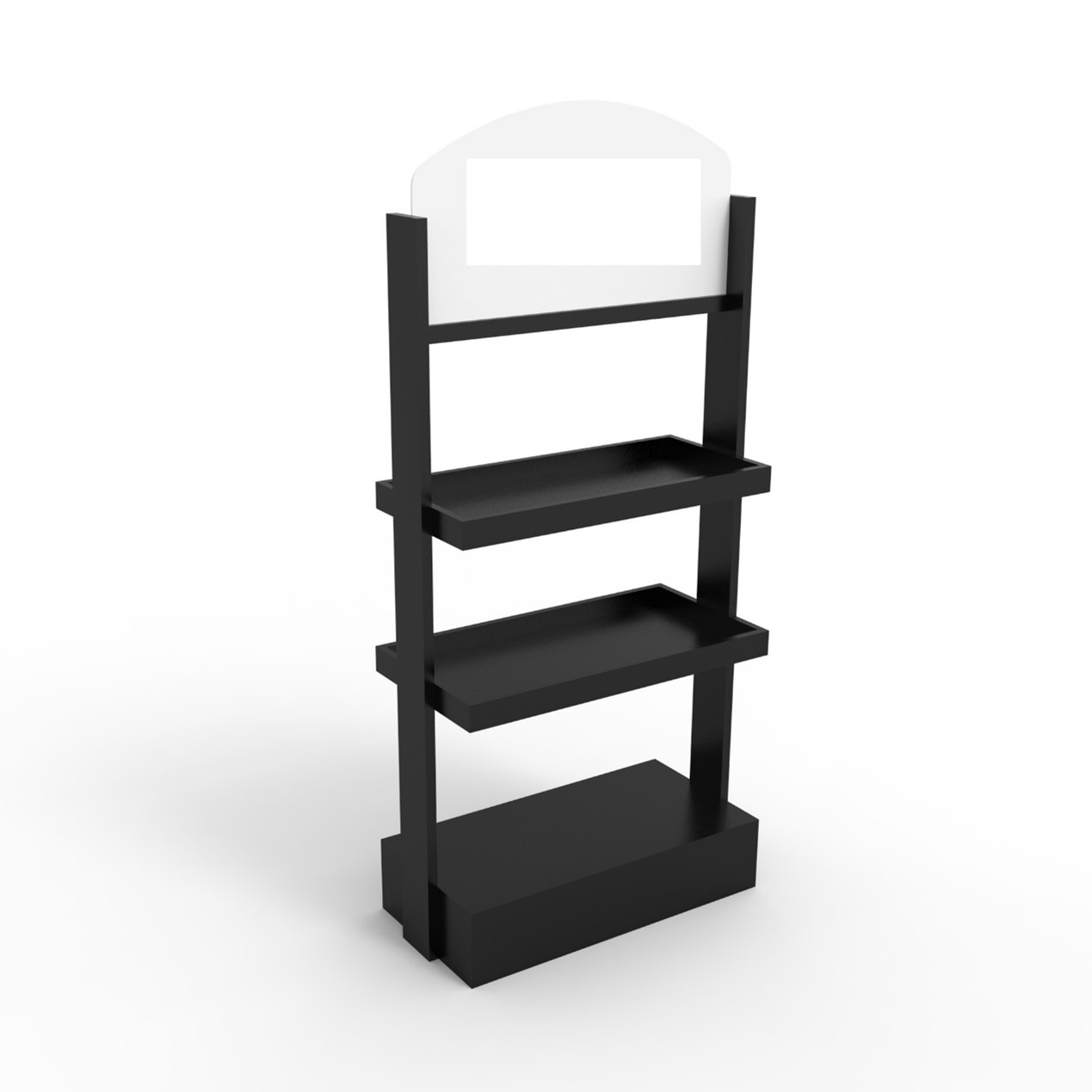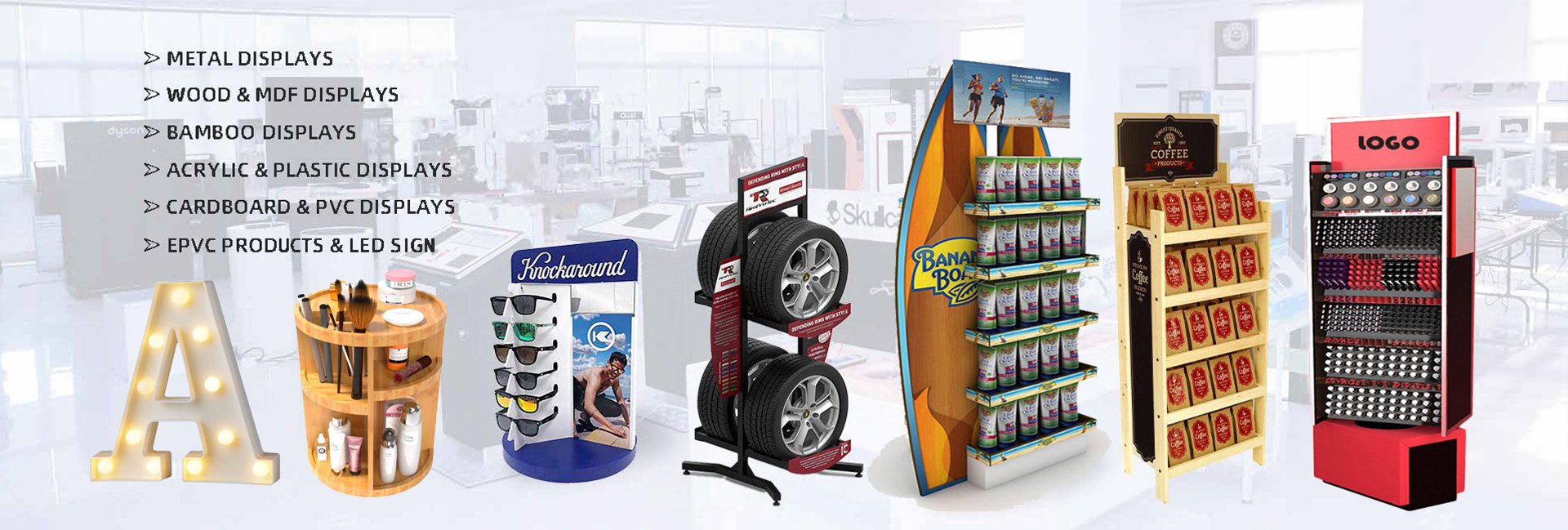MDF wood VS Solid wood
MDF wood and solid wood are the most common types of wood used for wooden displays, how do you choose them? Let's take a look at their advantages and disadvantages.
Advantages of MDF wood
1, uniform internal structure, moderate density, good dimensional stability, small deformation, moderate physical and mechanical properties.
2, the surface is flat and smooth, good machining performance, can be pasted on the thin wood, pattern and novel, beautiful decorative paper, and thus in the home decoration is loved by the people, often used in the production of furniture, partitions and so on.
3, can be used in modern decorative unframed paintings to do the middle border and the middle of the painting clip, the national registered trademark visual life unframed painting is so applied, so that life is more environmentally friendly.
Disadvantages of MDF wood
1, the internal powder structure, poor grip, screws screwed easily loosened.
2, the strength is not high, the height of the furniture can not be too high, the vast majority of 2100mm.
3, in the production, because of its internal structure characteristics, with a larger amount of glue, to a certain extent, the environmental protection factor to be low.
MDF wood and solid wood which is good:
Medium density fiberboard (MDF) is a high-grade composite material that outperforms solid wood in many areas. Made from recycled wood fibers and resin, MDF is machine dried and pressed into dense, stable sheets.
Solid wood has many benefits; it's strong and beautiful. However, when subjected to heat and moisture changes, solid wood can shrink. Unless these conditions are carefully controlled, cabinets, doors or paneling made from solid wood may shrink, crack or jam.
MDF is more stable than solid wood and can better adapt to changes in heat and humidity. Solid wood panels typically expand and contract horizontally and vertically as temperature and humidity rise and fall.



